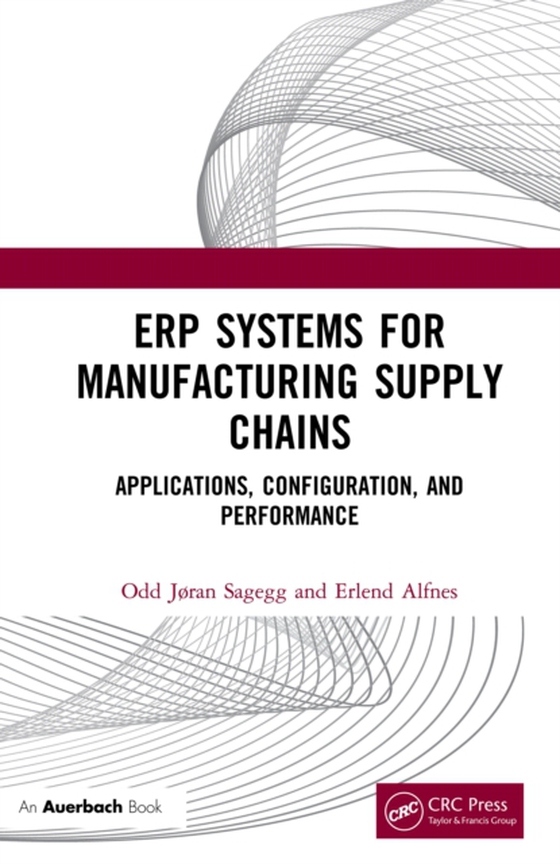
ERP Systems for Manufacturing Supply Chains e-bog
619,55 DKK
(inkl. moms 774,44 DKK)
ERP Systems for Manufacturing Supply Chains: Applications, Configuration, and Performance provides insight into the core architecture, modules, and process support of ERP systems used in a manufacturing supply chain. This book explains the building blocks of an ERP system and how they can be used to increase performance of manufacturing supply chains.Starting with an overview of basic concepts ...
E-bog
619,55 DKK
Forlag
Auerbach Publications
Udgivet
24 februar 2020
Længde
225 sider
Genrer
Economics
Sprog
English
Format
epub
Beskyttelse
LCP
ISBN
9781000025354
ERP Systems for Manufacturing Supply Chains: Applications, Configuration, and Performance provides insight into the core architecture, modules, and process support of ERP systems used in a manufacturing supply chain. This book explains the building blocks of an ERP system and how they can be used to increase performance of manufacturing supply chains.Starting with an overview of basic concepts of supply chain and ERP systems, the book delves into the core ERP modules that support manufacturing facilities and organizations. It examines each module's structure and functionality as well as the process support the module provides. Cases illustrate how the modules can be applied in manufacturing environments. Also covered is how the ERP modules can be configured to support manufacturing supply chains. Setting up an ERP system to support the supply chain within single manufacturing facility provides insight into how an ERP system is used in the smallest of manufacturing enterprises, as well as lays the foundation for ERP systems in manufacturing organizations. The book then supplies strategies for larger manufacturing enterprises and discusses how ERP systems can be used to support a complete manufacturing supply chain across different facilities and companies.The ERP systems on the market today tend to use common terminology and naming for describing specific functions and data units in the software. However, there are differences among packages. The book discusses various data and functionalities found in different ERP-software packages and uses generic and descriptive terms as often as possible to make these valid for as many ERP systems as possible.Filled with insight into ERP system's core modules and functions, this book shows how ERP systems can be applied to support a supply chain in the smallest of manufacturing organizations that only consist of a single manufacturing facility, as well as large enterprises where the manufacturing supply chain crosses multiple facilities and companies.
 Dansk
Dansk

